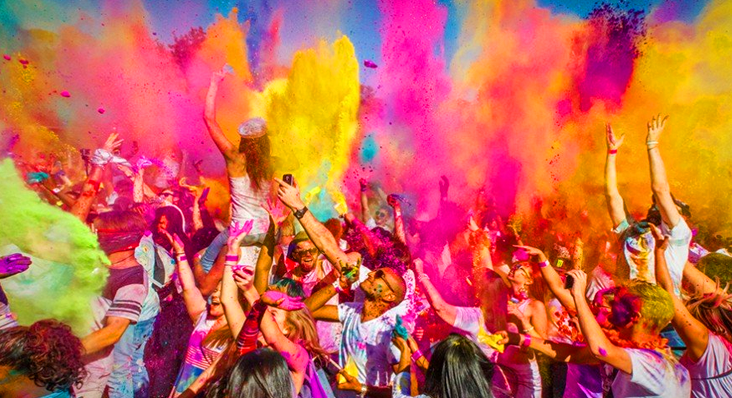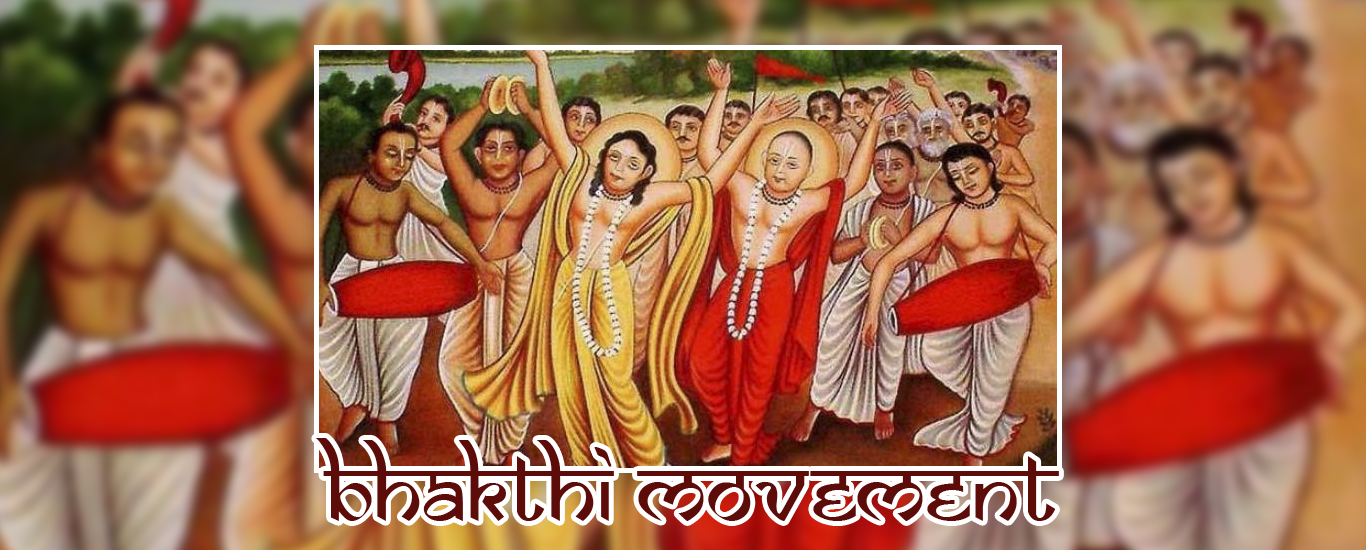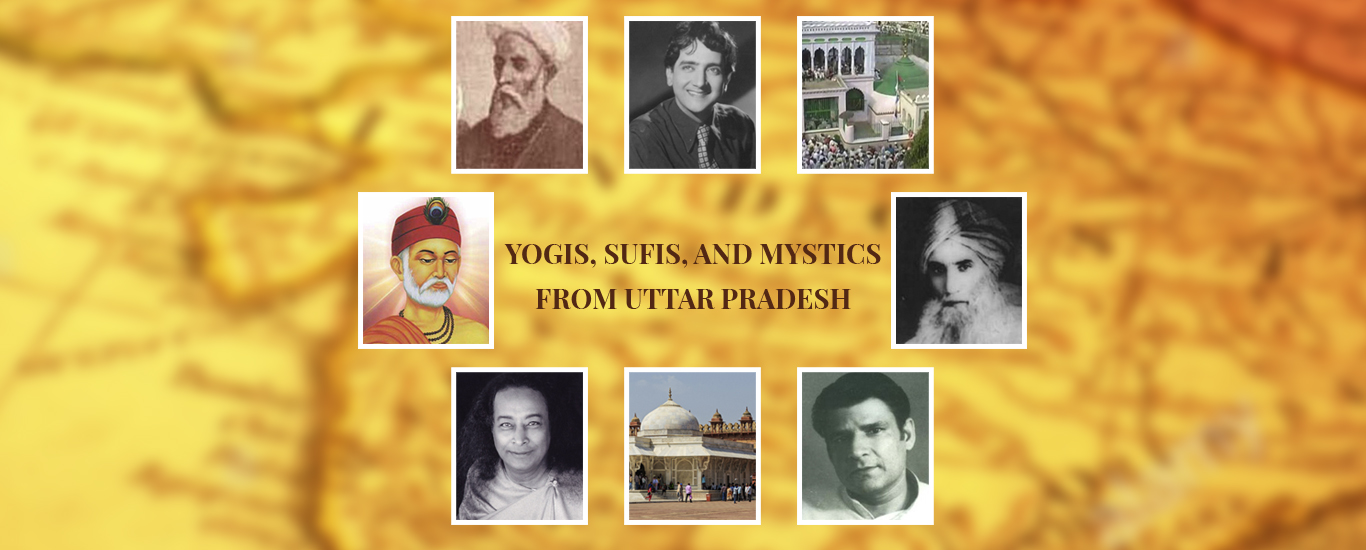Holi, Celebration of positivity
Holi, a celebration of positivity and is one of the most celebrated festivals in India. It is celebrated with enthusiasm on the full moon day, in the month of Phalgun, which is in the month of March. This festival might be celebrated in different names and people of different states might be following different traditions. The reason that makes Holi so unique and special is the spirit of the festival which remains the same all over the globe, wherever it is being celebrated. Holi is a Hindu festival that has become popular with non-Hindus in many parts of the world. Holi is an ancient celebration. Mentions of it can be dated back to 4th-century poetry, and it was described in a 7th-century play called Ratnavel.
According to Bhagavata Purana, Holi gets its name from Holika, demon king Hiranyakashipu’s sister. The demon king had received a boon from Lord Brahama, that he would not be killed by man or animal at day or night, inside or outside, above or on the ground. Hiranyakashipu said only he should be worshipped and not god. He punished and killed those who were not ready to accept his orders. His own son Prahlad continued to worship Lord Vishnu and refused to worship his father. This made Hiranyakashipu outraged. Various attempts were made to kill his son.
At last, Hiranyakashipu called upon his sister Holika for help. She had a special garment that prevented her from being burnt in the fire. She was asked to sit on a bonfire prepared by Hiranyakashipu. The boy was tricked by Holika and sat on her lap. As the fire raged. The garment flew from Holika and covered Prahlad. Holika was harmed to death and Prahlad came out unburned.
To remember this story bonfires are lit every year during Holi, to remind the victory of good over evil. The bonfire purifies the air of anything evil. Holi is divided into two events: Holika Dahan and Rangwali Holi. Holika Dahan takes place the night before Rangwali Holi. Wood and dung-cakes are fired and burned in a symbolic furnace to signify good defeating evil. The next day people gather in public spaces to take part in Rangwali Holi. This is a grating affair where people chase each other, throwing handfuls of colored powder, and enjoy themselves.

Holi is adored as the festival of colors. People throw colorful powder called gulal at one another. They share sweets and dance to traditional folk music. Each color represents a virtue of the soul. Red is power, orange is purity, green is love, and so on. People spray these brightly colored powders and water in enormous public relations.
A reflection of patriotic celebrations of nationalism, festivals like Holi is celebrated all around the nation. Because India is a country of so many regions and religions. The spring festival of Holi is India’s most colorful celebration. All social and religious groups get involved on the last and wildest day by throwing colored powder on each other.


